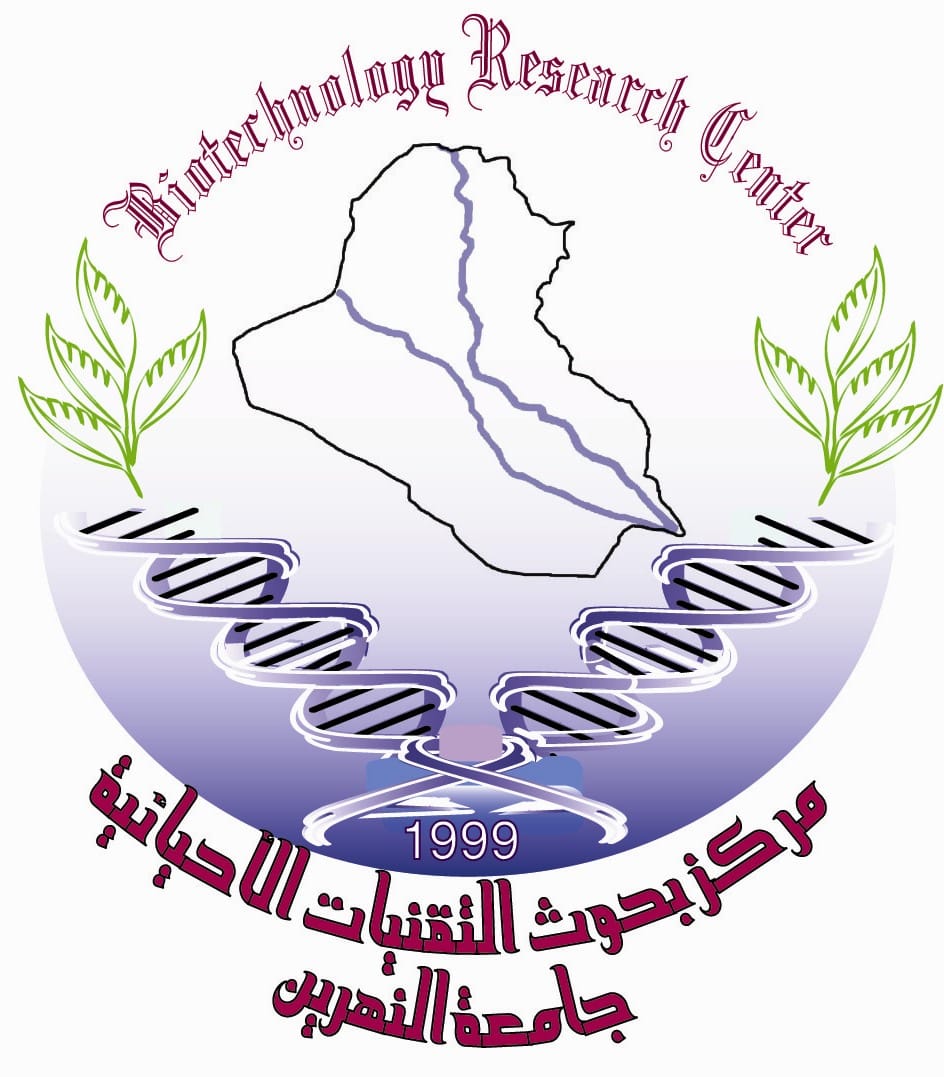Anatomical and Molecular Study of Capsicum L. Taxa (Solanaceae Family) Cultivated in Iraq
DOI:
https://doi.org/10.24126/jobrc.2024.18.1.711Keywords:
Phylogeny, Anatomical study, Capsicum taxa, RAPD, ISSRAbstract
Background: The anatomy of the stem and leaves are important to separate and identify species. The present work includes comparative anatomical and molecular studies of six taxa belonging to the genus Capsicum L. which are grown widely in Iraq. Anatomical and phylogenetic traits were observed for the identification of different taxa.Methods: For the anatomical study, stem, leaves and petioles of leaves were microscopically investigated, while for phylogenetics traits DNA was extracted from fresh and young leaves from each sample using RAPD and ISSR indices.Results: The anatomical results indicate that all taxa have anomocytic type of stomata. The glandular trichomes were found in the taxa C. frutescens and the taxa C. annum var. kkwari-gochu and C. annum was free from it, and these characteristics were important in the classification of the taxa of this genus. Phylogenetic results showed that 10 decamers of primers from 20 observed primers had diversity in cultivars of the genus Capsicum L. The genetic set of 10 RAPD primers and 8 Inter Simple Sequence Repeats (ISSR), and the pooled RAPD and ISSR data analyses support a genetic similarity range of 0.54, and 0.5 sequentially, and the taxa C. frutescens formed a single cluster in both molecular analyses in the genetic tree. The phylogenetic tree results also showed that other Capsicum cultivars are divided into two subgroups, one of which refers to the same variety C. annuum var. annuumm, and it was among the most important taxa studied, as it showed that it has two stages of maturity, physiological and vegetative maturity, so it appears morphologically different, but genetically integrated with the same taxa (Capsicum).
Conclusions: The anatomical and molecular study of Capsicum taxa cultivated in Iraq provides valuable insights into the diversity and relationships between different species of this taxa.
Downloads
Published
How to Cite
Issue
Section
License
Copyright (c) 2024 Aseel K. AL-Anbari, Muazaz A. AL-Hadeethi, duha mysire, Muhammad Iqbal

This work is licensed under a Creative Commons Attribution 4.0 International License.
This is an Open Access article distributed under the terms of the creative commons Attribution (CC BY) 4.0 license which permits unrestricted use, distribution, and reproduction in any medium or format, and to alter, transform, or build upon the material, including for commercial use, providing the original author is credited.











